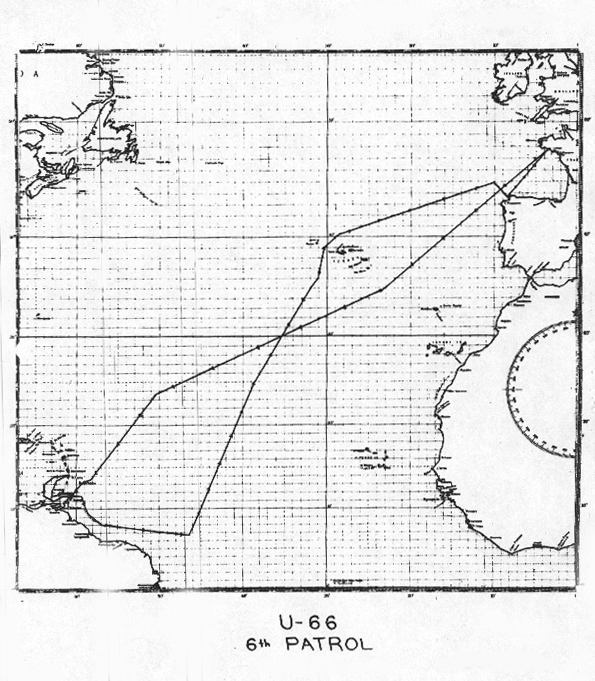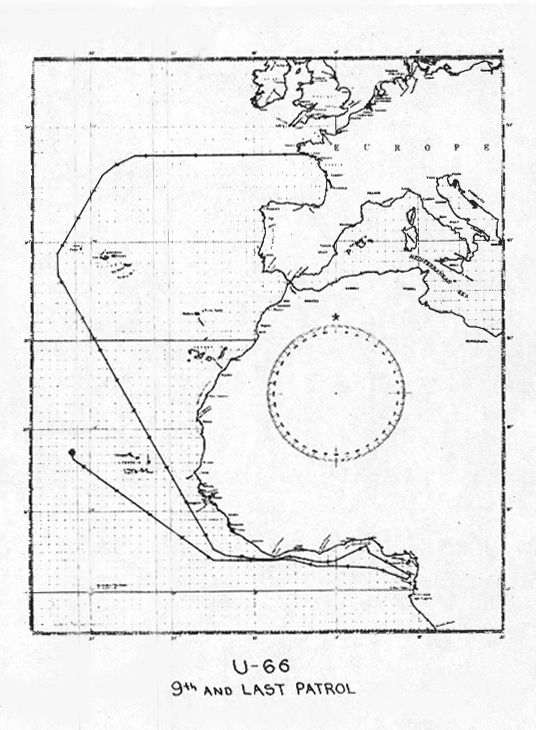| |
| Name |
Rank or Rating |
U.S.N. Equivalent |
Age |
| |
|
|
|
| |
Korvettenkapitän |
Lieu, Commander |
|
| |
Kapitänleutnant |
Lieutenant |
|
| |
Fänrich |
Midshipman, active duty |
|
| |
|
|
|
| SURVIVORS |
|
|
|
| Herbig, Klaus |
Oberleutnant z. S. |
Lieutenant (j.g.) |
22 |
| Ketelsen, Richard |
Oberleutnant z. S. |
Lieutenant (j.g.) |
32 |
| Olschewski, Georg |
Oberleutnant (Ing.) |
Lt. (j.g.), Engineering Duties |
35 |
| Flintsch, Ludwig |
Leutnant (Ing.) d. R. |
Ensign, Engineering Duties |
22 |
| Fröhlich, Werner |
Stabsobersteuermann |
Chief Warrant Quartermaster |
30 |
| Hon, Richard |
Obersteuermann |
Warrant Quartermaster |
26 |
| Landvoight, Walter |
Obermaschinist-E |
Machinist |
27 |
| Terinde, Bernhard |
Obermaschinist-D |
Machinist |
27 |
| Degener-Böning, Karl |
Oberfunkmaat |
Radioman 2cl. |
25 |
| Hartman, Werner |
Obermaschinemaat |
Machinist’s Mate 2cl. |
26 |
| Loch, Wolff |
Sanitatsmaat |
Pharmacist’s Mate |
27 |
| Pasedag, Werner |
Funkmaat |
Radioman 3cl. |
23 |
| Grölz, Georg |
Maschinenmaat-E |
Fireman 1cl. |
24 |
| Nirnberger, Franz |
Maschinenmaat-E |
Fireman 1cl. |
22 |
| Drewek, Walter |
Matrosenobergefreiter |
Seaman 1cl. |
21 |
| Fickel, Kurt |
Matrosenobergefreiter |
Seaman 1cl. |
21 |
| Haller, Heinrich |
Matrosenobergefreiter |
Seaman 1cl. |
21 |
| Nosch, Vinzenz |
Matrosenobergefreiter |
Seaman 1cl. |
22 |
| Illing, Helmut |
Mechanikerobergefreiter |
Seaman 1cl. (Torpedoes) |
23 |
| Klaus, Anton |
Maschinenobergefreiter-D |
Fireman 2cl. |
21 |
| Koch, Horst |
Maschinenobergefreiter-D |
Fireman 2cl. |
23 |
| Schmidt, Günther |
Maschinenobergefreiter-D |
Fireman 2cl. |
20 |
| Hahner, Willi |
Maschinenobergefreiter-E |
Fireman 2cl. |
20 |
| Lehmann, Heinz |
Maschinenobergefreiter-E |
Fireman 2cl. |
21 |
| Löser, Helmut |
Maschinenobergefreiter-E |
Fireman 2cl. |
21 |
| Schöneck, Harry |
Funkobergefreiter |
Seaman 1cl. (Radio) |
21 |
| Melmuka, Gottlieb |
Funkgefreiter |
Seaman 2cl. (Radio) |
20 |
| Brode, Kurt |
Mechanikergefreiter |
Seaman 2cl. (Torpedoes) |
19 |
| Burian, Leonhard |
Matrosengefreiter |
Seaman 2cl. |
22 |
| Künkel, Helmuth |
Matrosengefreiter |
Seaman 2cl. |
21 |
| Buttgereit, Fritz |
Maschinengefreiter-E |
Fireman 3cl. |
20 |
| Gaiser, Roland |
Maschinengefreiter-E |
Fireman 3cl. |
21 |
| Hoffmann, Hans |
Maschinengefreiter-D |
Fireman 3cl. |
19 |
| Rautenberg, Helmuth |
Maschinengefreiter-D |
Fireman 3cl. |
19 |
| Angerstein, Helmuth |
Matrose IV – Funker |
Apprentice Seaman (Radio) |
20 |
| Teuscher, Herbert |
Matrose II – Masch. |
Apprentice Seaman |
20 |
|
|

